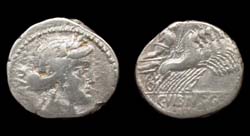Product not found!
We Accept
One of our Best Sellers
- Premium Uncleaned Coins from the Balkans SOLD OUT!
- True Premium Uncleaned Roman Coins Sold Out!
- Digger's Choice, Highest Grade Uncleaned Coins, 5 per Purchase Only! Whoops! Sold out!
- Archival 3-Ring Polypropylene Binder Pages
- Archival Double-pocket Flips
- Soft-bristle Dremel Brass Brush
- Renaissance Wax
- Gringgott's Wizard Mix #1, Long Term soaks
- Gringgott's Conservator's Mix
- Coin and Artifact, Fiber Brush, Cleaning Pen, Hand-held, Sold Out!





